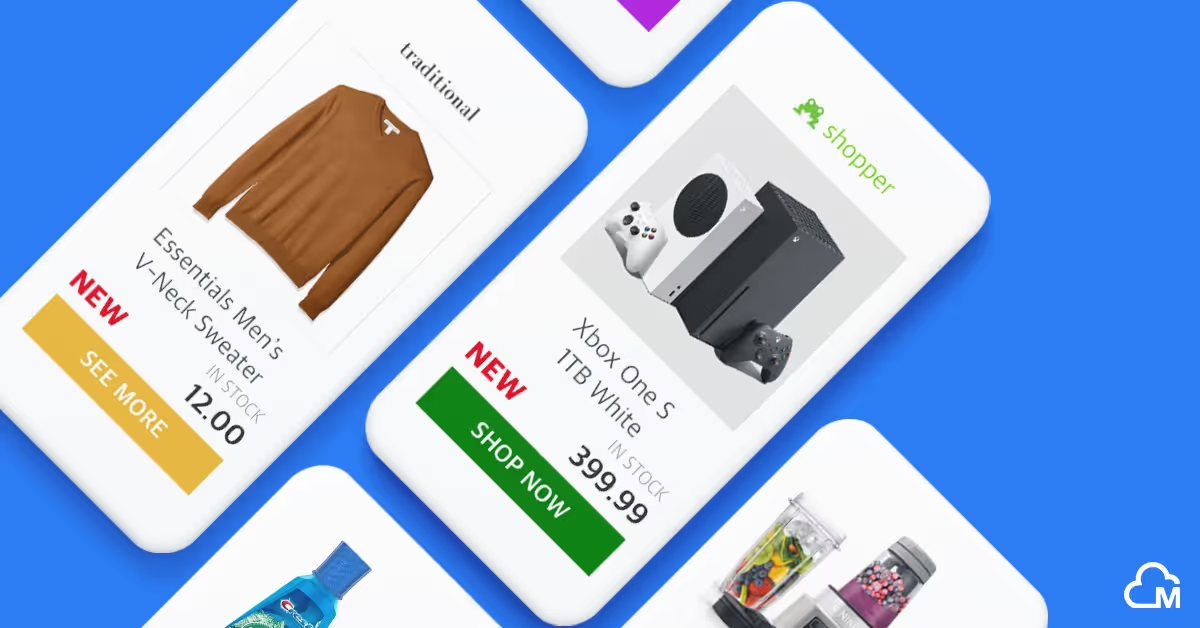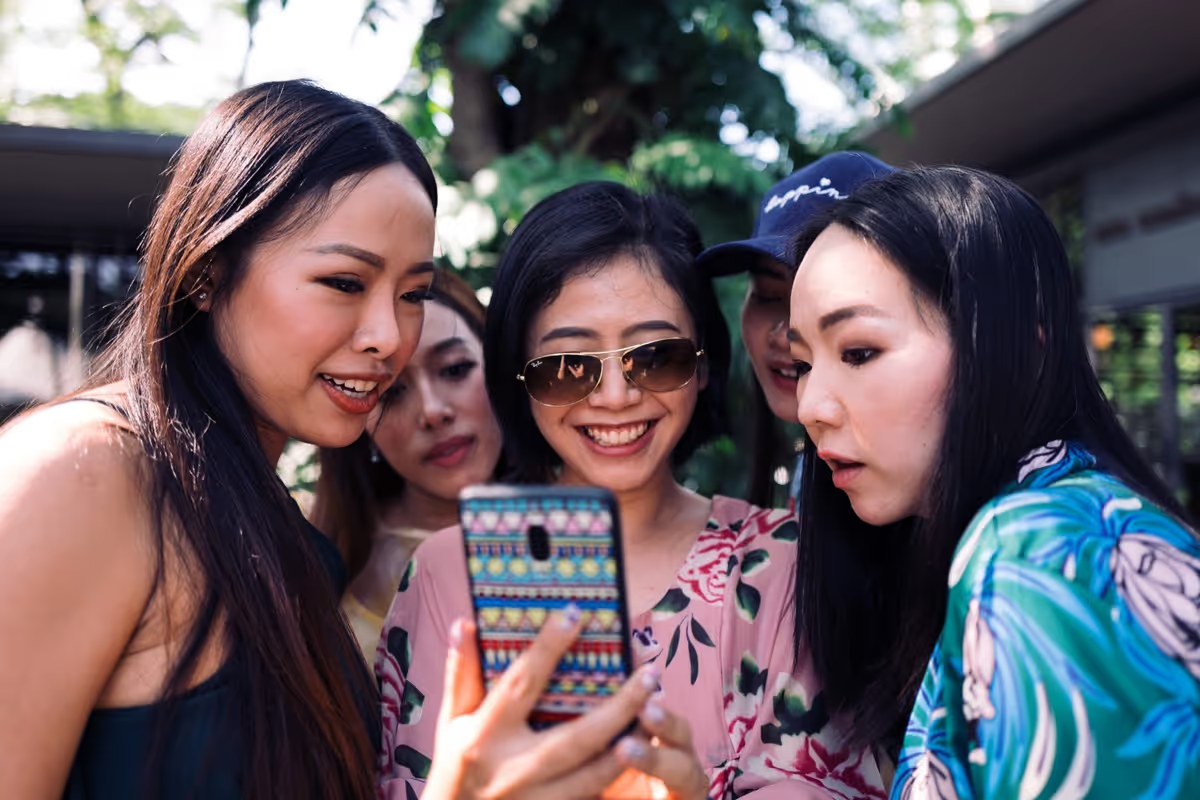Blog Article
Over 4,000 new apps arrive in the app stores each day, but less than 0.01% of these are destined to be profitable. The hard truth is that even the best apps see considerable churn over long enough timelines, and so mobile businesses need to find creative ways of keeping users engaged and generating revenue while still making the most of their paid user acquisition budget.
Need a primer on mobile game and app marketing? Check out Mobile User Acquisition 101: A Beginner's Guide.
One way to achieve this is through re-engagement campaigns, in which a targeted list of uninstalled or lapsed users are shown ads that invite them back into the fold. Another is to invite your current or past users to explore other apps in your portfolio. Both tactics take advantage of the fact that the users being targeted are already at least somewhat familiar with your value proposition, and could therefore be more likely to take action. In both cases, dynamic retargeting plays a key role.
While there’s no shortage of ways to execute dynamic retargeting campaigns, the most effective dynamic retargeting is powered by machine learning (ML). At Moloco, ML is the cornerstone of what we do — we use it to predict user behavior, optimize creative, and help mobile businesses grow. Keep reading to find out how ML-powered dynamic retargeting can complement your growth strategy.
Jump to a section…
Why choose dynamic retargeting over static?
How dynamic retargeting works in a re-engagement campaign
When is the best time to start a re-engagement campaign?
How MOLOCO enhances your retargeting campaigns
Retargeting is the practice of deploying ads to a list of users who have previously engaged with one or more of your digital properties in some way. Often the goal of retargeting is re-engagement — slowing churn, and maximizing the value of existing users. In other cases, retargeting can be used to boost cross-portfolio retention. You can retarget the users of one app with an ad for another you think they may enjoy.

Dynamic retargeting is a technique that uses predictive models to automatically optimize ad creative at the user level. Unlike static retargeting, which uses consistent creative, each dynamic ad deployed in a dynamic retargeting campaign will include elements that appeal to specific users, such as personalized offers or product recommendations.
Dynamic retargeting is particularly popular in the e-commerce industry, where it can be used to resurface products that shoppers have expressed interest in, but it also applies across other app categories. Even for apps that don’t sell physical products, subtle optimizations can increase conversions among certain user segments. These changes could be as simple as changing the call to action (CTA) button color, ad copy or product imagery.

Choosing between dynamic and static retargeting can be tricky. Static retargeting disseminates a uniform message across a broad audience. They can be used to target dynamic audience segments, but each campaign will have predefined ad creative. Dynamic retargeting, on the other hand, leverages the data you have on that particular user to adjust creative on the fly. This way, when a user forgets items in their shopping cart or a mobile game player has objectives to complete, dynamic campaigns can be used to remind them.
Because dynamic campaigns automatically generate creative using pre-existing assets and messaging to match individuals, they typically see higher conversion rates. In the long run, dynamic retargeting leads to stronger performance marketing metrics like retention and LTV.

Re-engagement is a common use case for dynamic retargeting. In the case of re-engagement, your target user has already installed your app. Your goal is to get them to reinstall or complete another down-funnel activity, such as making a purchase. Re-engagement campaigns could target users who do any of the following:
Next, your existing user data is analyzed through machine learning models. These algorithms identify unengaged users and trigger ads that target and prioritize certain conversion events. Some of the most common goal events include:
Re-engagement campaigns typically segment users by value so that marketers can deploy relevant ad creative in a prioritized order. Ad spend is then budgeted and distributed based on pre-determined acquisition price targets.
In the case of automated campaign management, it’s best to identify the average time it takes your users to reach a key event and set that as the trigger date. For instance, for a mobile game that typically sees a first in-app purchase by day seven, you may initiate a re-engagement campaign that targets non-paying users on day eight. Meanwhile, e-commerce apps may see a long gap before a purchase is made, so it could be best to re-engage at the two week mark. The key is to avoid retargeting too soon, as this could waste resources on users who are already apt to convert, and could complicate attribution.
Whether you use static or dynamic retargeting, you need to make the most out of your existing user data in order to be effective. Moloco uses proprietary machine learning technology to transform user data into valuable insights that maximize returns for mobile marketers.
Thanks to Moloco's partnerships with the world’s leading ad exchanges, marketers can run dynamic re-engagement campaigns across a vast programmatic ecosystem, reaching more than 90% of all mobile devices worldwide. This approach is ideal for e-commerce apps in particular, as an install alone rarely guarantees a first purchase. Our re-engagement solutions will help you bring back users, close marketing loops, and maximize LTV — generating more revenue in the process through dynamic user segmentation and targeted ad creative.
If you’re ready to drive more revenue from your existing users, get in touch today.
 AppsFlyer's Performance Index 17 recognizes Moloco as a trusted partner for scaling growth outside of walled gardens
AppsFlyer's Performance Index 17 recognizes Moloco as a trusted partner for scaling growth outside of walled gardensCheck out Moloco’s top rankings in the 17th edition of AppsFlyer’s Performance Index, a trusted benchmark for mobile app marketers seeking leading media partners.

 Unlocking the power of mobile app growth beyond walled gardens
Unlocking the power of mobile app growth beyond walled gardensLearn how to unlock mobile app growth by expanding beyond walled gardens and tapping into the vast potential of the open internet

.png) The power of machine learning in advertising
The power of machine learning in advertisingThe transformative impact of machine learning on modern advertising can provide real-time decision-making, targeting, and measurable outcomes. Learn how advanced machine learning-powered solutions can elevate advertising strategies and drive tangible results.

